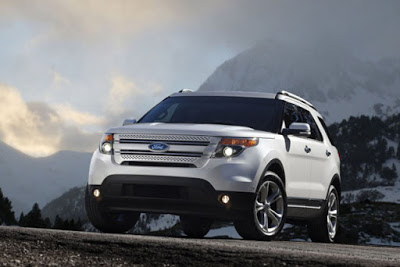 Most people overlook the 4-cylinder engine because it’s so small. Cars outfitted with them typically only use 2 liters of fuel or less to get them up to speed. But, there are many reasons to fall in love with cars that sip gasoline. Here are just a few.
Most people overlook the 4-cylinder engine because it’s so small. Cars outfitted with them typically only use 2 liters of fuel or less to get them up to speed. But, there are many reasons to fall in love with cars that sip gasoline. Here are just a few.
Why 4-Cylinders Are A Good Buy
The “4” in a 4-cylinder engine refers to the number of cylinders in an engine. Why is this significant? Because the number of cylinders is an indication of the engine’s size. And, in the world of automobiles, 4-cylinders is about as small as it gets.
Most trucks, SUVs, and large vehicles are powered by 6 cylinder or 8-cylinders engines. These larger engines hold more fuel, but as a consequence, they use more fuel too.
It’s a tradeoff that consumers have always faced: higher fuel economy or more power.
The 4-cylinder engine was the traditional answer to better fuel economy. Where a 6 cylinder engine might hold 3 liters of gasoline, a 4-cylinder might only hold 2 or 1.5 (sometimes less). This means that the total or peak power output was much lower than larger engines, but the fuel economy was also greater.
One major downside to a smaller engine is that it’s usually considered “underpowered.” It feel “weak” and sluggish on the road. Getting up to highway speeds sometimes feels like a chore. And, in some vehicles, it feels like you might not make it onto the highway at all.
Today’s 4-cylinders, however, employ a number of technologies to overcome this without substantially reducing fuel economy.
4-cylinder engines tend to be easier and cheaper to maintain, and they last a long time. All that revving that’s done with bigger, more powerful, motors takes its toll on engine parts. But, with an underpowered motor, you’re not inclined to treat it like a pseudo racecar on the road.
Smaller engine sizes are also correlated with lower price points, so you’ll spend less for a 4-cylinder engine than you would with a 6 or 8-cylinder one.
Upgrades To 4-Cylinders That You Might Not Have Heard About
Cars, like the new Ford vehicles for 2016, don’t initially seem like a great buy. But, when you peek under the hood, you’ll notice something that’s missing from older generations of 4-cylinder vehicles: a turbocharger.
Turbochargers are largely responsible for the resurgence in smaller engine sizes. With a turbocharger (or turbo, for short), a car manufacturer can reduce the engine size, increase horsepower, and increase fuel economy.
That’s because turbos take hot exhaust gas from the engine and reroute them back into the turbo. The turbo contains a small turbine, which drives a small air compressor housed inside the same compact casing.
Air that’s drawn into the turbo is thus compressed, and then sometimes sent through an intercooler to cool the gas, which allows more oxygen molecules to be pushed back into each cylinder’s fixed volume.
Ford’s ecoboost system is an example of how turbochargers are used to improve fuel economy. And, it’s one of the main reasons people are taking a second look at this classic engine design and why you should too.
William Burns is a mechanic and a confirmed motoring enthusiast. He loves sharing his passion for four-wheels with others online and is a regular writer for a number of motoring websites.

